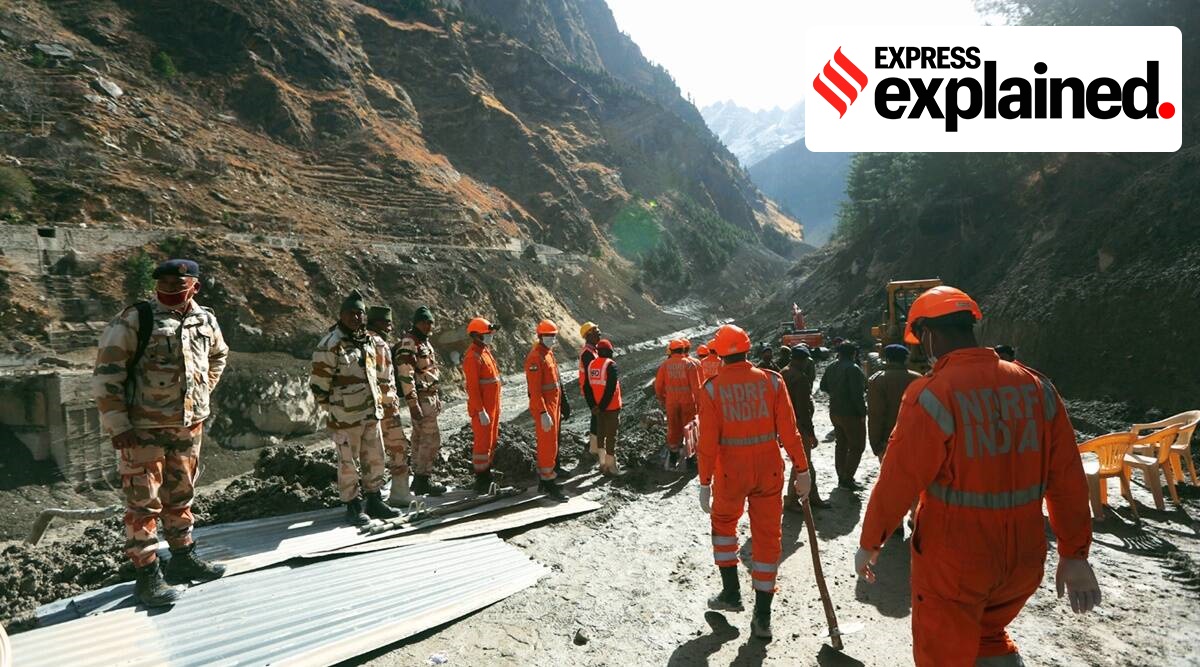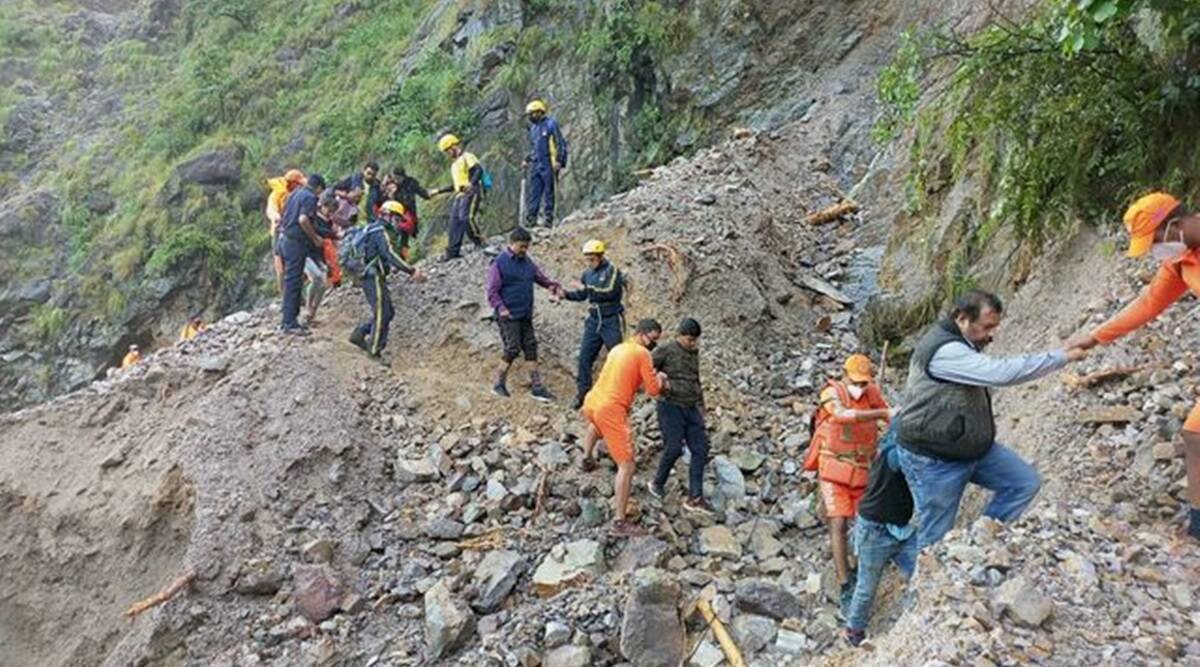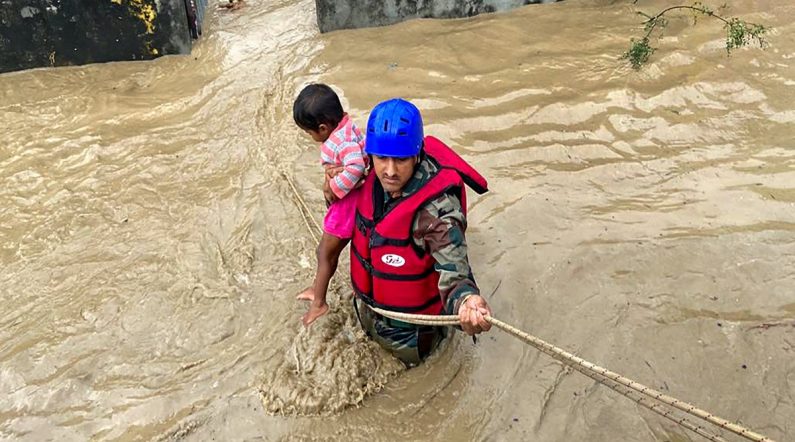Over the last week, SDRF has recovered 24 bodies, including those of 12 trekkers, and rescued over 1,300 people
Heavy rain, landslides and avalanches have presented teams from the Uttarakhand State Disaster Response Force (SDRF), Indo-Tibetan Border Police (ITBP) and Army with a massive challenge in carrying out rescue operations.
Over the last week, SDRF has recovered 24 bodies, including those of 12 trekkers, and rescued over 1,300 people.
What goes into relief and rescue operations of the kind that are currently underway in Uttarakhand?
Preparation and equipment
At the beginning of any rescue operation by the SDRF or a similar agency, calls go out to teams that are expected to be prepared at all times to ensure the minimum response time. The teams’ vehicles are always loaded and on alert.
The search and rescue teams usually move with diesel-powered cutting machines that can slice through wood or even concrete, winching machines, ropes, heavy-duty torches, and binoculars.
Newsletter | Click to get the day’s best explainers in your inbox
They also always carry small oxygen cylinders in case the rescued victims need breathing equipment. There is at least one satellite phone with each team, which is carried by the team leader.
SDRF teams are not yet equipped with their own helicopters, but when required, they are made available after coordination with the Army.
Specialised teams
All members of SDRF teams have experience of high-altitude climbing.
There are broadly three kinds of teams with specific specialisations: mountaineering or high-altitude search and rescue teams; the dog squad teams that are deployed to locate injured persons or bodies; and diving teams to carry out search and rescue operations in water.
Nature of challenges
Inspector Lalita Negi, public relations officer of the SDRF, said most SOS calls were about landslides, followed by cases of drowning.
“For the high-altitude search and rescue teams, the low temperatures and limited rations pose the biggest challenge. In the winter, temperatures fall very low, and the high wind makes things worse for the teams. Also, the teams have to carry enough rations for both themselves and those whom they rescue.
“The diver teams face challenges in high-flow water. At some places, the water is muddy, and some of the search equipment does not work. In such cases, searches are carried out manually, which takes a lot of effort and patience,” Negi said.
To ensure as many lives as possible are saved, the SDRF has begun to impart basic training to local people in high-altitude regions.
“The locals are generally the first responders, and it is important for them to know the ways in which they can keep a person alive until the rescue teams arrive. In cases of landslides and avalanches, it is not easy for rescue teams to reach quickly,” Negi said.
Efforts and successes
According to official data, since 2014, the Uttarakhand SDRF has carried out more than 1,592 search and rescue operations, and rescued more than 8,000 people.
Over the last eight years, SDRF teams have recovered at least 1,216 bodies.
SDRF officials said most cases of drowning occur in valley areas during heavy rain, while high-altitude operations are carried out mostly at heights more than 15,000 feet. In most of these cases, the help of the Army and ITBP is required.
Source: Read Full Article




